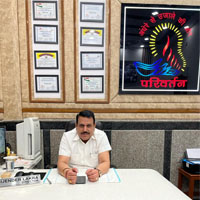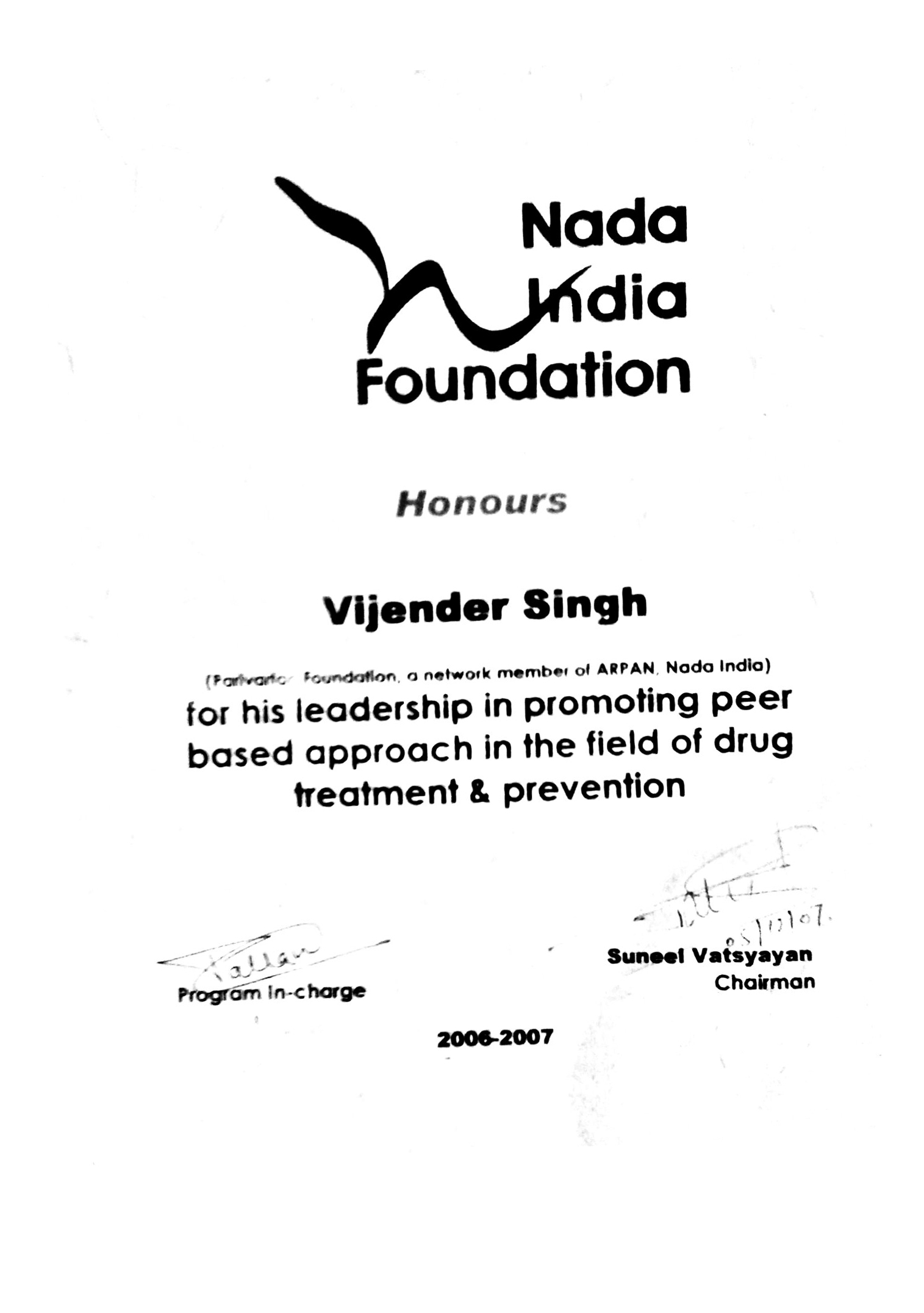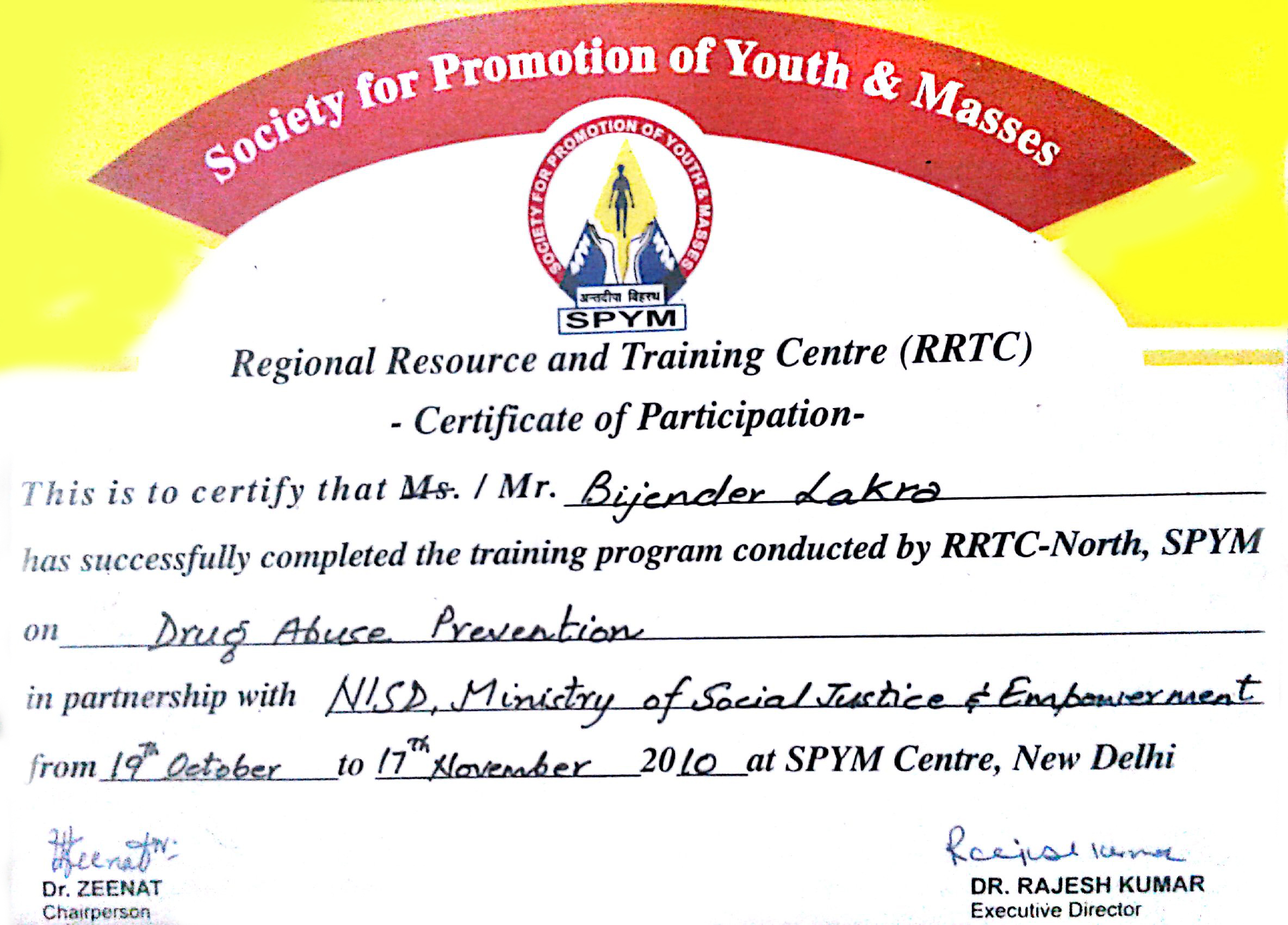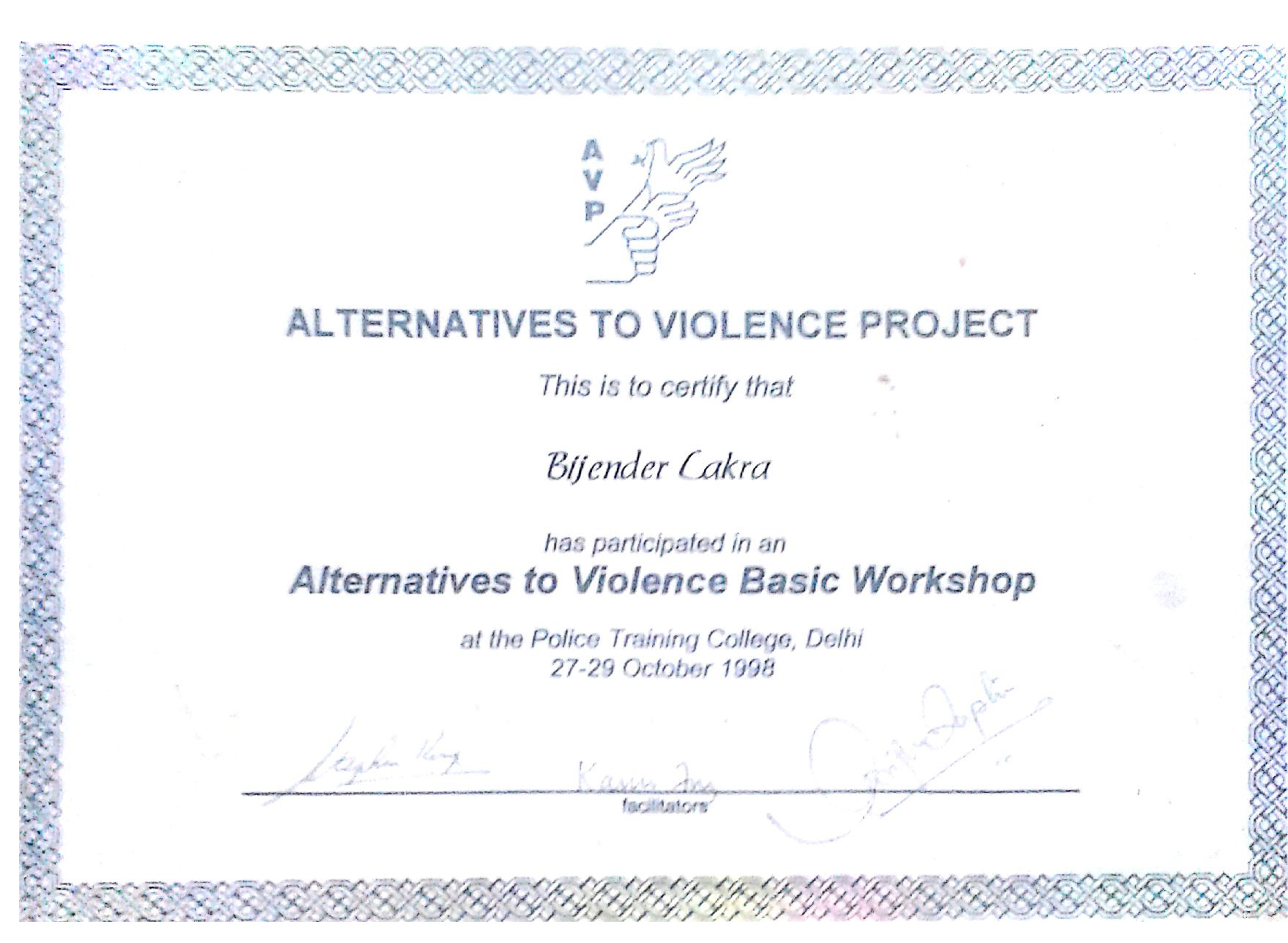ABOUT US
DIRECTOR'S NOTES:-
 Parivartan is a unique world which symbolizes the right of faith, right intentions,
right speech, right action, right livelihood, right effort, right mindfulness, right meditation, here in
Parivartan we mix and match different types of personalities and mould them to become productive member
of the society.
Parivartan is a unique world which symbolizes the right of faith, right intentions,
right speech, right action, right livelihood, right effort, right mindfulness, right meditation, here in
Parivartan we mix and match different types of personalities and mould them to become productive member
of the society.
Parivartan has a single objective that is to restore the addict, drug free life and make him capable to become a productive and socially acceptable in the society. We have no bias to caste, creed, community or social class.
Signs and symptoms:-
Sometimes the most obvious addiction symptoms are simply observing that something is wrong or
different. Understand that the person addicted is often the last one to know there is a problem, or be
willing to admit that there may be a problem. If you have these drug addiction symptoms you
should consider going into drug rehab! Addicts will continue to use regardless of everything that is happening to them and
happening around them. They may drain the family bank account, lose their job, fail in
school, damage relationships, ruin their health, or run into problems with the law.
1. Has their appearance changed; they don't care how they look? Research spanning more than 30 years has identified key concepts, beliefs,
clinical and educational practices, and program components common to most TC programs. These
elements reflect the two principles that drive TC operation: the community as change agent and
the efficacy of self help.
Stage1. Introduction and early treatment typically occurs during the first 30
days to assimilate the individual into TC. The new residents learns TC policies and procedures;
establishes trust with staff and other residents; imitated an assisted personal assessment of
self, circumstances, and needs; begins to understand the nature of addiction; and should begin
to commit to the recovery process.
1. Treatment of H.I.V. patients suffering from addiction.
2. Are they eating properly?
3. Have they lost weight, or have they gained weight?
4. Have you seen needle marks on their arms or legs?
5. Are they slowing down?
6. Do they have the shakes?
7. Are their hands cold and sweaty?
8. Have you smelled something on their breath or their clothing?
9. Do their eyes appear red?
10. Are their pupils dilated?
11. Is their face puffy?
12. Has their coloring changed, become flushed or pale?
13. Do they have a blank stare?
14. Has their physical coordination changed? Are they staggering?
15. Have they missed a lot of school or work?
16. Have their sleep habits changed? Are they always tried?
17. Have they become lazy?
18. Are they hyper?
19. Do they talk a million miles an hour? Do they slur their words?
20. Have you seen drug paraphernalia?
Typically, TCs residential facilities separate from other programs and located away from the
drug related environment. As a participant in the community, the resident in treatment is
expected to adhere to strict and explicit behavioral norms. These norms are reinforced with
specificcontingencies (rewards and punishments) directed toward developing self control and
responsibility. The resident will progress through a hierarchy of increasingly important roles,
with greater privileges and responsibilities. Other aspects of the TC's "Community as method"
therapeutic approach focus on changing negative patterns of thinking and behavior through
individual and group therapy, group sessions with peers, community-based learning,
confrontation, games and role playing.
TC members are expected to become role models who actively reflect the values and teaching of
the community. Ordered routine activities are intended to counter the characteristically
disordered lives of these residents and teach them how to plan, set and achieve goals and be
accountable.
Ultimately, participation in a TC is designed to help people appropriately and constructively
identify, express, and manage their feelings. The concepts of "right living" (learning personal
and social responsibility and ethics) and "acting as if" (behaving as the person should be
rather than has been) are integrated into the TC groups, meetings, and seminars. These
activities are intended to heighten awareness of specific attitudes or behaviors and their
impact on oneself and the social environment.
TCs are physically and programmatically designed to emphasize the experience of community within
the residence. Newcomers are immersed in the community and must fully participate in it. It is
expected that in doing so, their identification with and ties to their previous drug-using life
will lessen and assimilate new prosocial attitudes, behaviors and responsibilities.
Although the residential capacity of TCs can vary widely, a typical program in a community-based
setting accommodates 40 to 80 people. Some for example situated on the grounds of former camps
and ranches or in suburban houses. Others have been established in jails, prisons and shelters.
Larger agencies may support several facilities in different settings to meet various clinical
and administrative needs.
There is an average of one counselor reported for every 11 residents in treatment. About
two-thirds of the counseling staff had themselves successfully completed drug abuse treatment
programs. Increasingly, TCs rely on degreed staff (e.g. Social workers, Nurses & Psychologists)
for some aspects of treatments.
Stage2. Primary Treatment often uses a structured model of progression through
increasing levels of prosocial attitudes, behaviors, and responsibilities. The TC may use
interventions to change the individual attitudes, perceptions and behaviors related to drug use
and to address the social, educational, vocational, familial, and psychological needs of the
individual.
Stage3. Re Entry is intended to facilitate the individual's separation from the
TC and successful transition to the larger society. A TC graduate leaves the program drug-free
and employed or in school. Post residential aftercare services may include individual and family
counseling and vocational and educational guidance. Self-help groups such as Alcoholics
Anonymous and Narcotics Anonymous are often incorporated into TC treatment, and TC residents are
encouraged to participate in such groups after treatment.
Daily life like in a Therapeutic Community
The TC day is varied but regimented a typical TC day begins at 7 a.m. and ends at 11 p.m. and
includes morning and evening house meetings, job assignments, groups, seminars, scheduled
personal, time, recreation and individual counseling. As employment is considered an important
element of successful participation in society, work is a distinctive component of the TC
model.
In the TC, all activities and interpersonal and social interactions are considered important
opportunities to facilitate individual change. These methods can be organized by their primary
purpose, as follows:
Clinical groups (e.g., encounter groups and retreats) use a variety of
therapeutic approaches to address significant life problems.
Community meetings (e.g. morning, daily house and general meetings and seminars) review the
goals, procedures and functioning of the TC.
Vocational and educational activities occur in group sessions and provide work, communication,
and interpersonal skills training.
Community and clinical management activities (e.g., privileges, disciplinary sanctions,
security, and surveillance) maintain the physical and psychological safety of the environment
and ensure that resident life is orderly and productive.
2. Old age home facilities.
3. Alternate day visit of phycahtrist and physicians.
4. Healthy and Nutritious food provided under the guidance of dieticians.
5. Yoga Classes held under the supervision of a trained a Yoga Teacher.
6. Indoor game facilities.
7. Regular visits of trained counselors and M.S.W's in the field of drug de-addiction and
H.I.V.
8. Group Therapy
9. Family Counseling.
10. Individual Counseling.
11. Help the out patient to get involved in N.A/AA activities.
WE PROVIDE NICOTINE FREE ZONE FOR INPATIENTS AT OUR PLACE.



